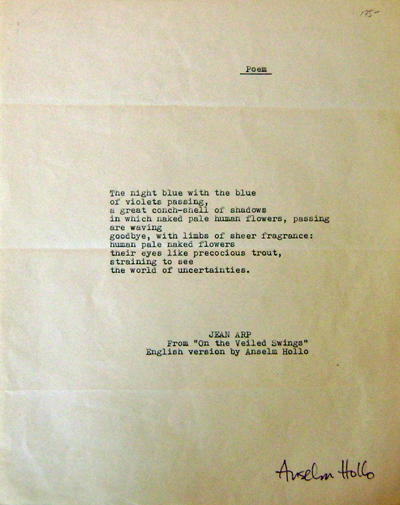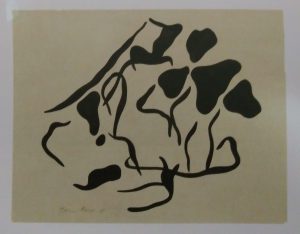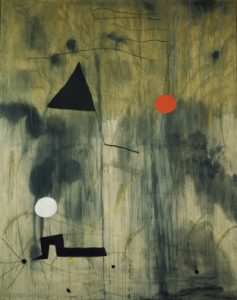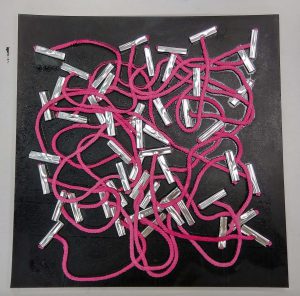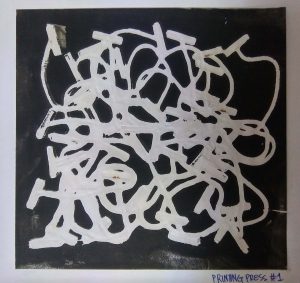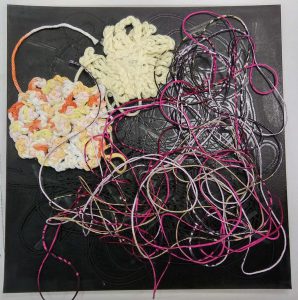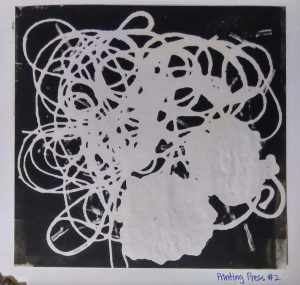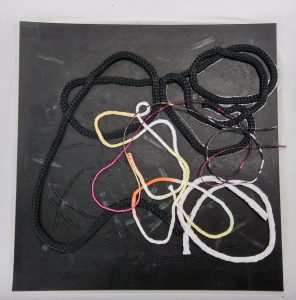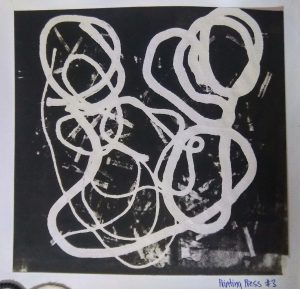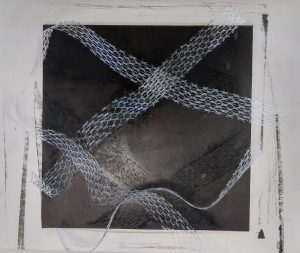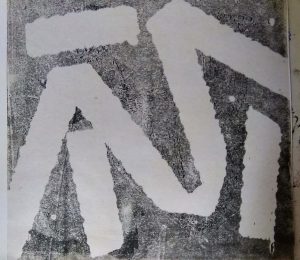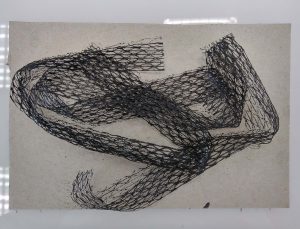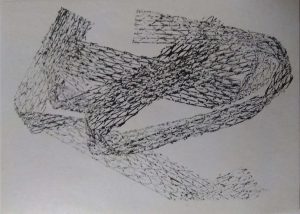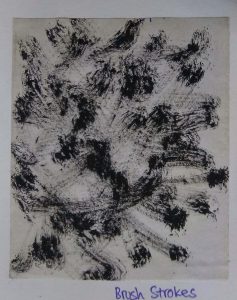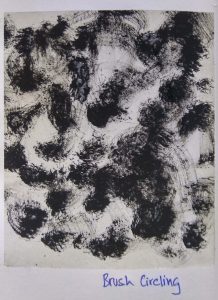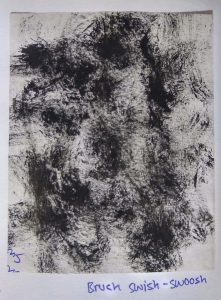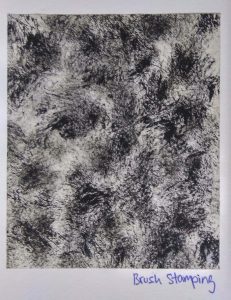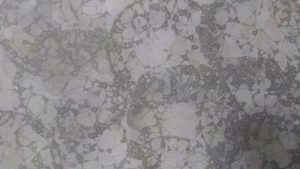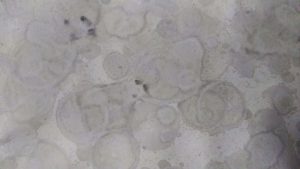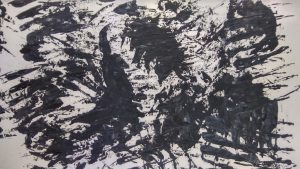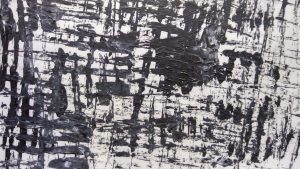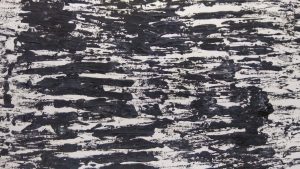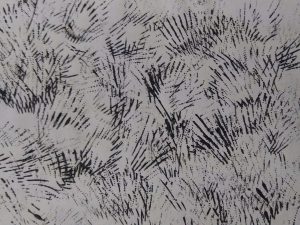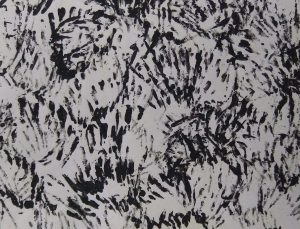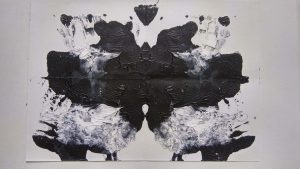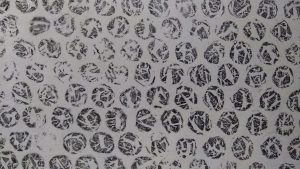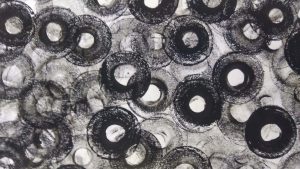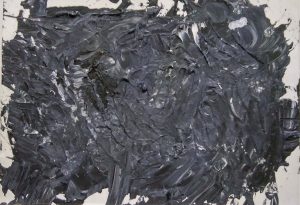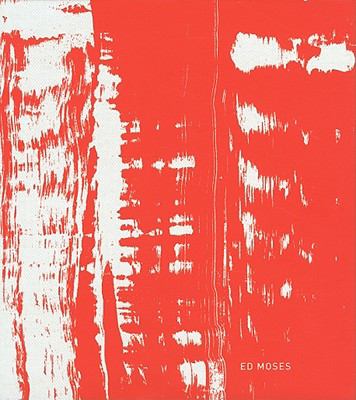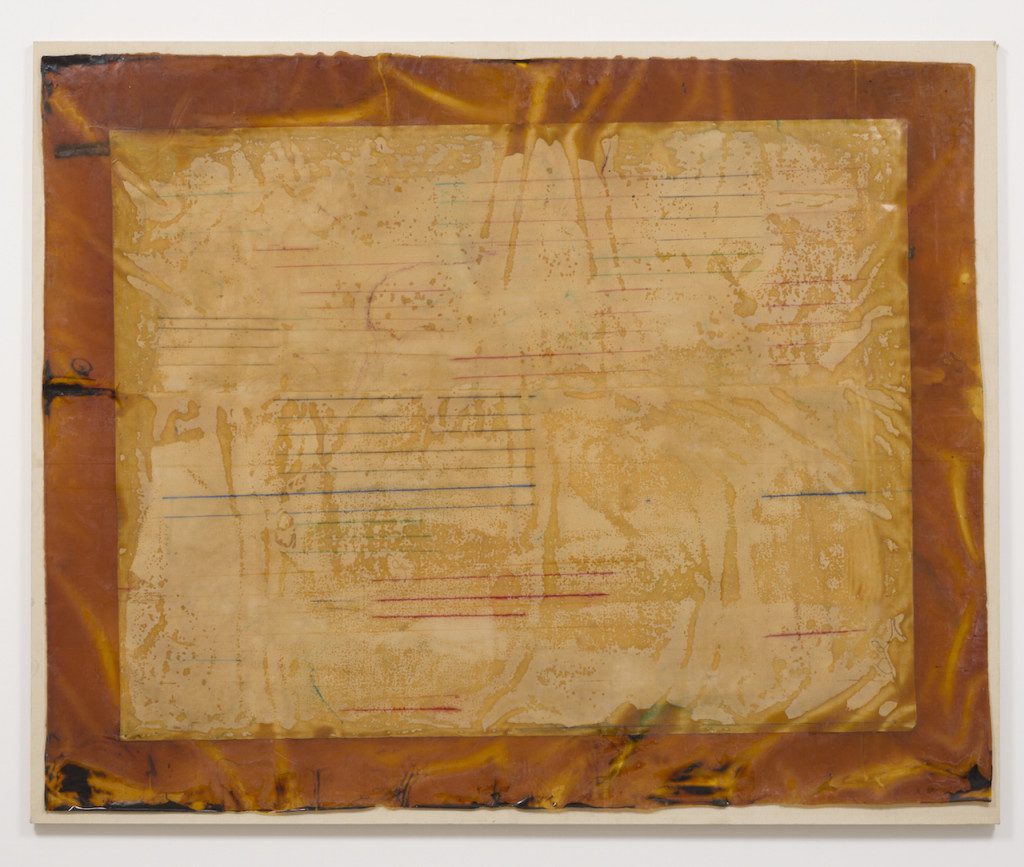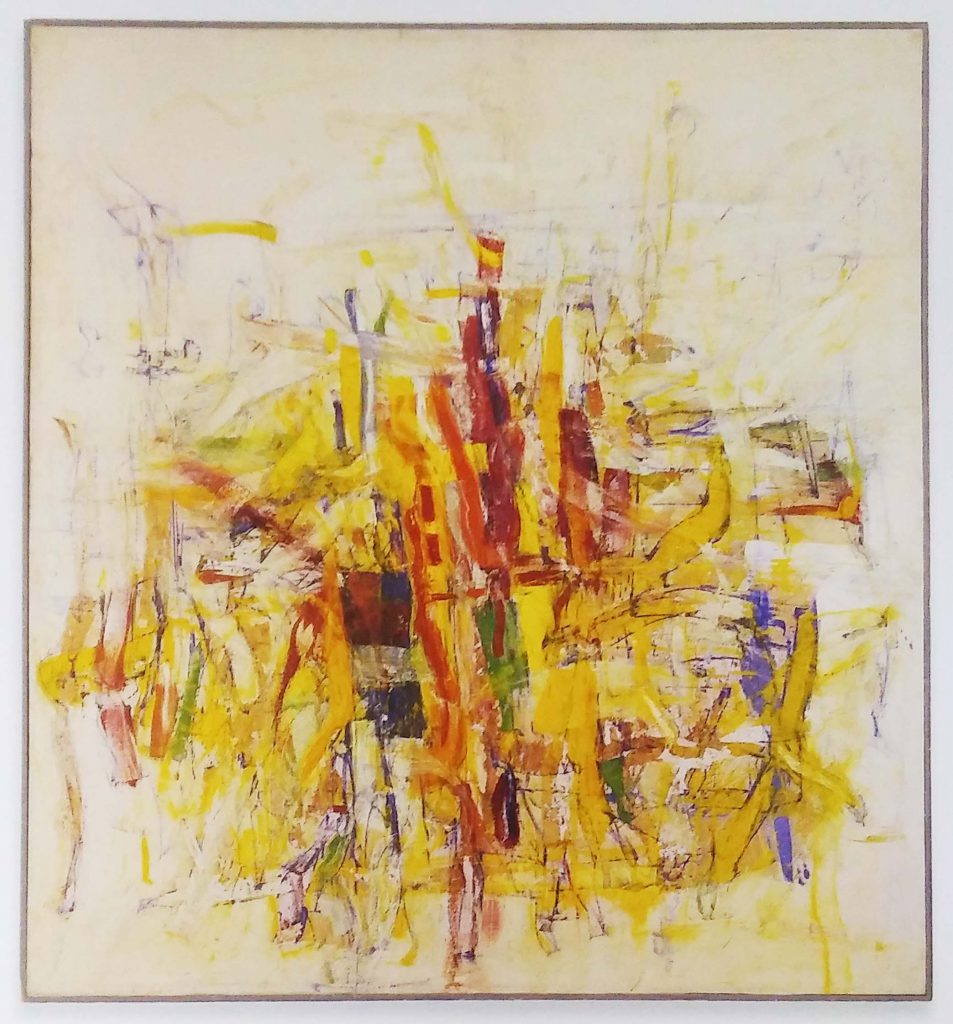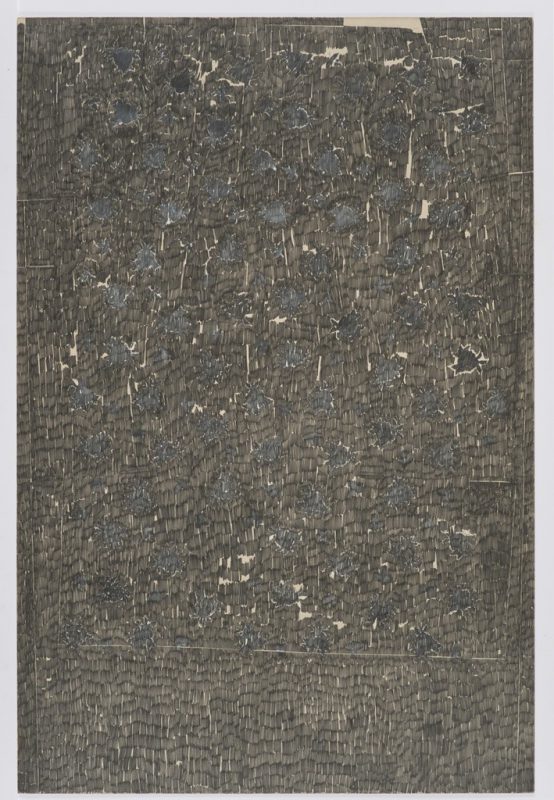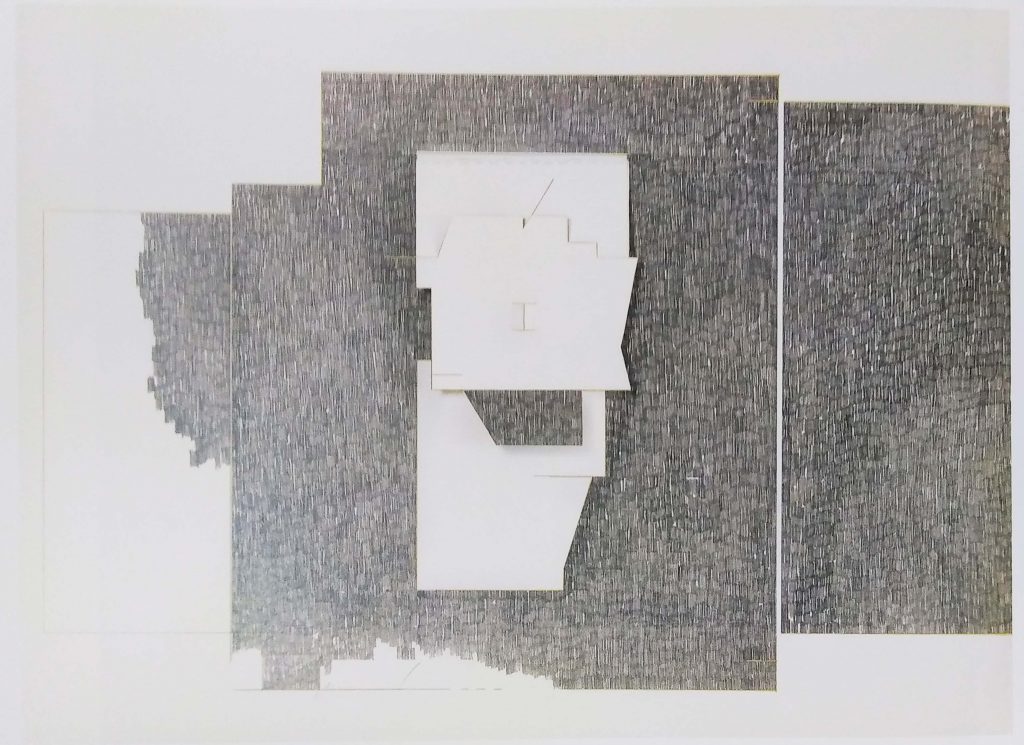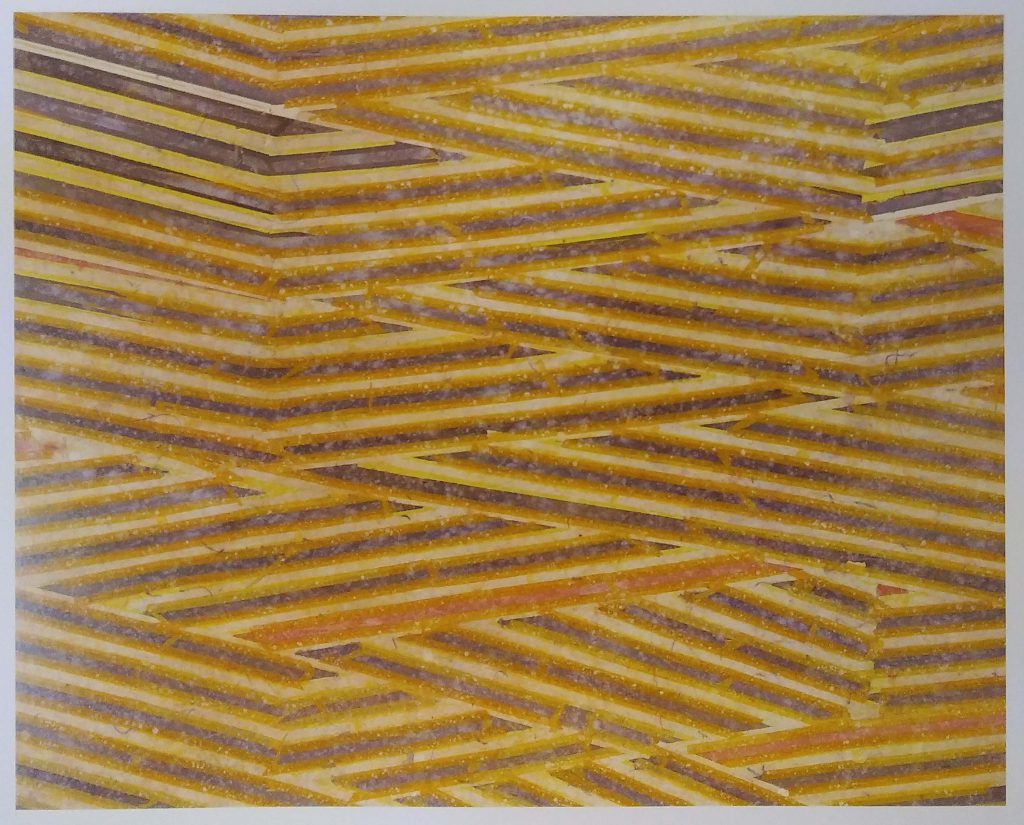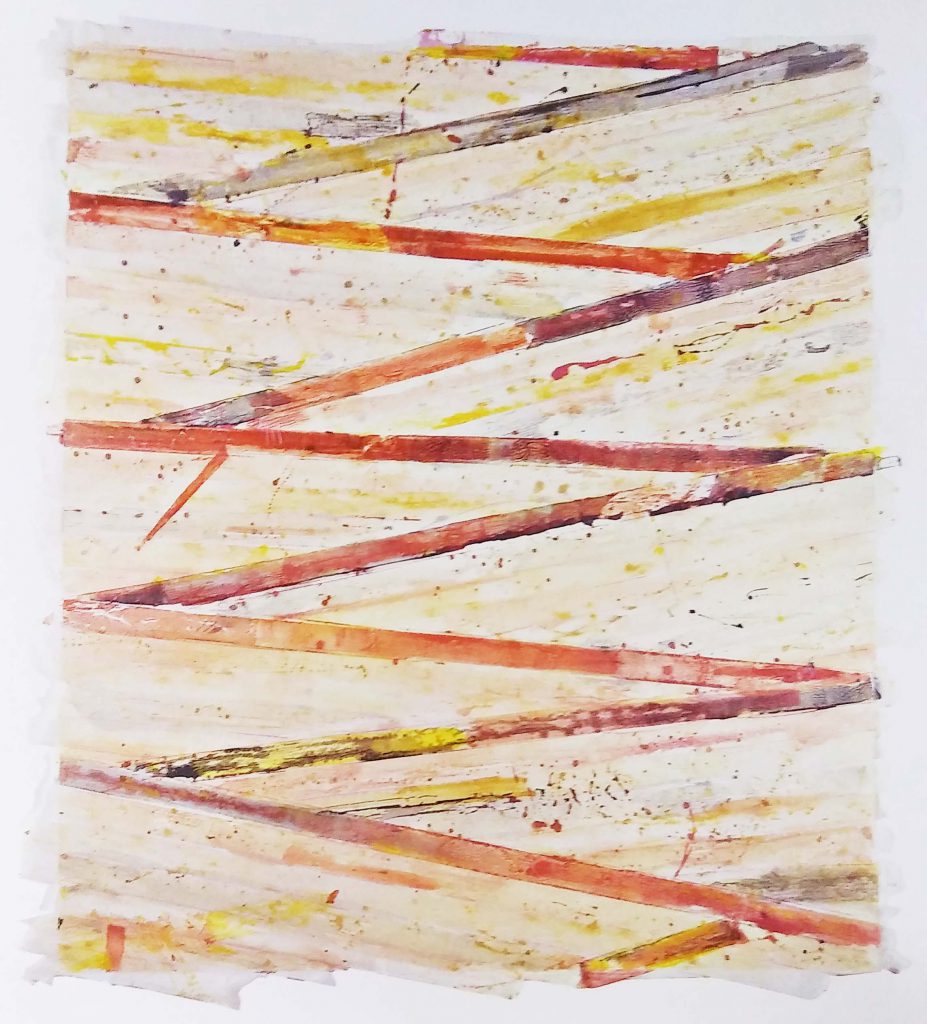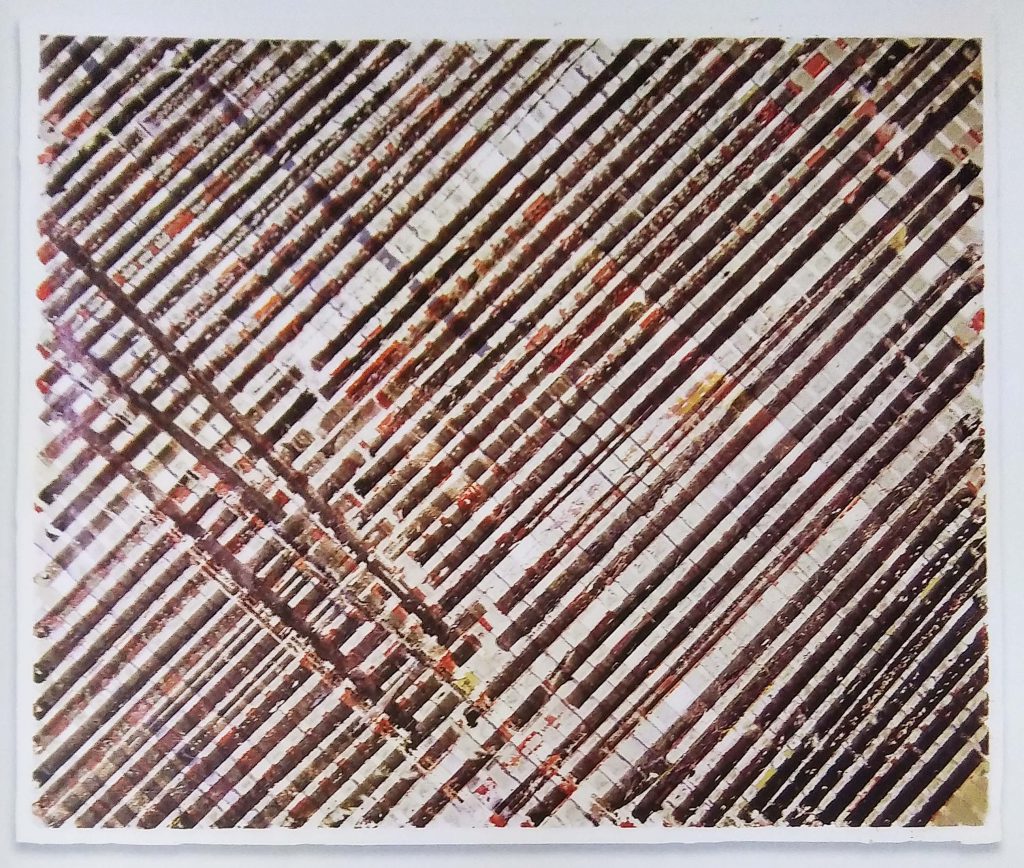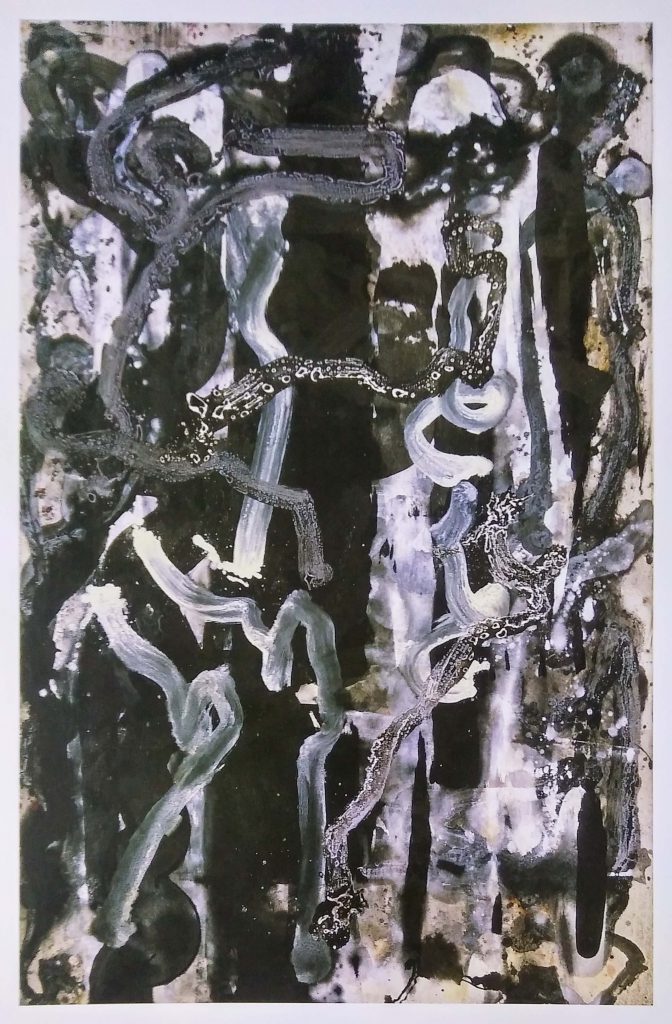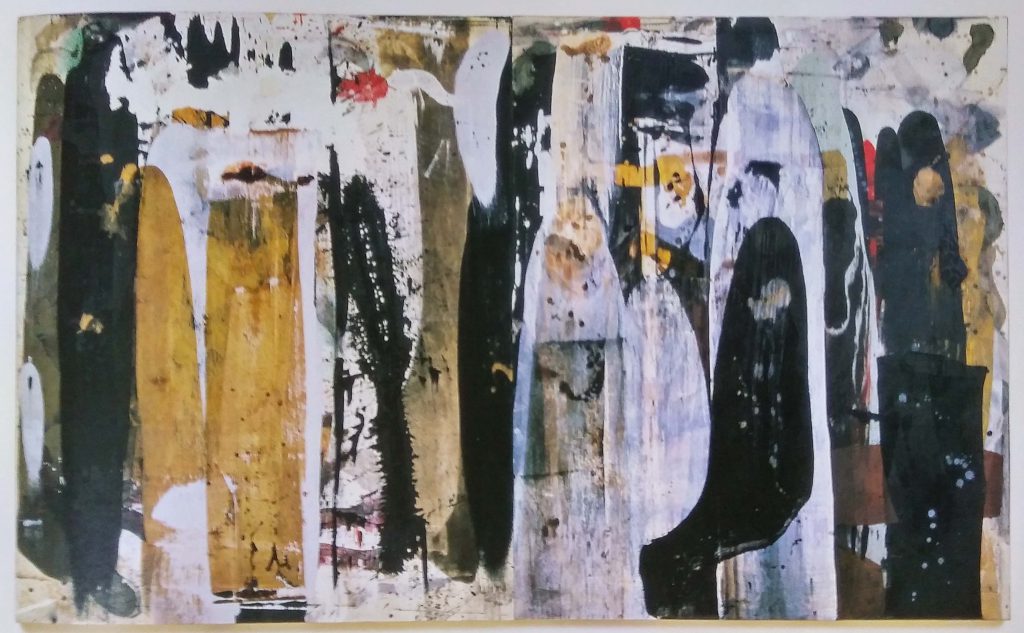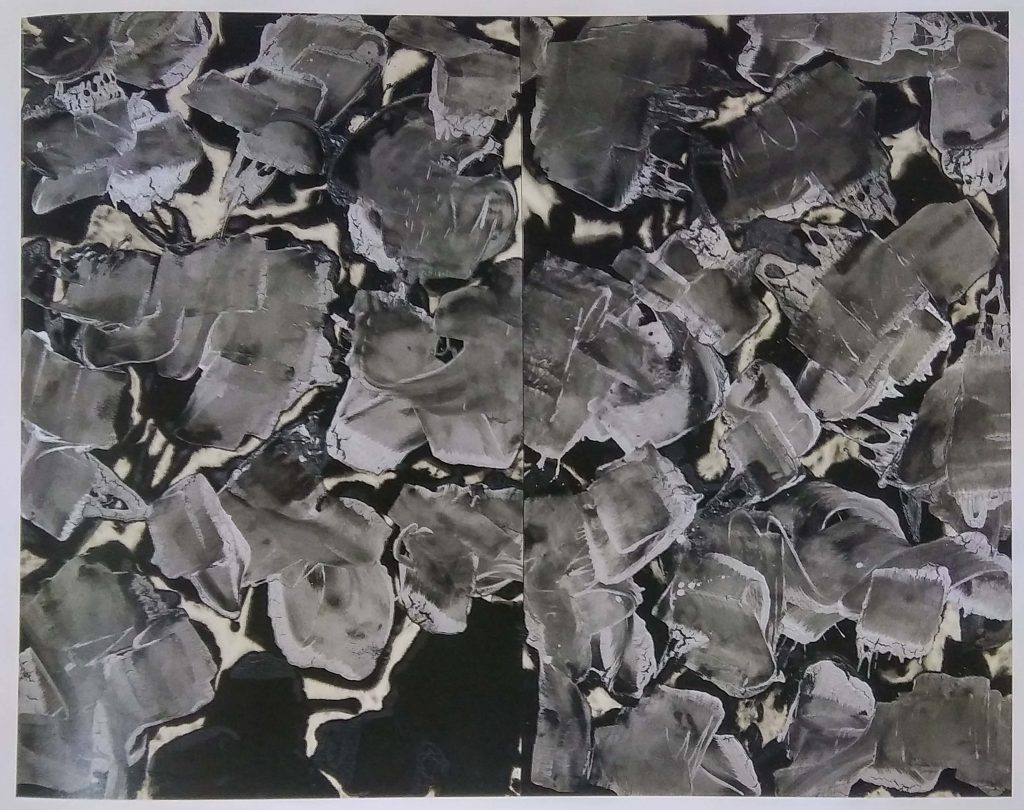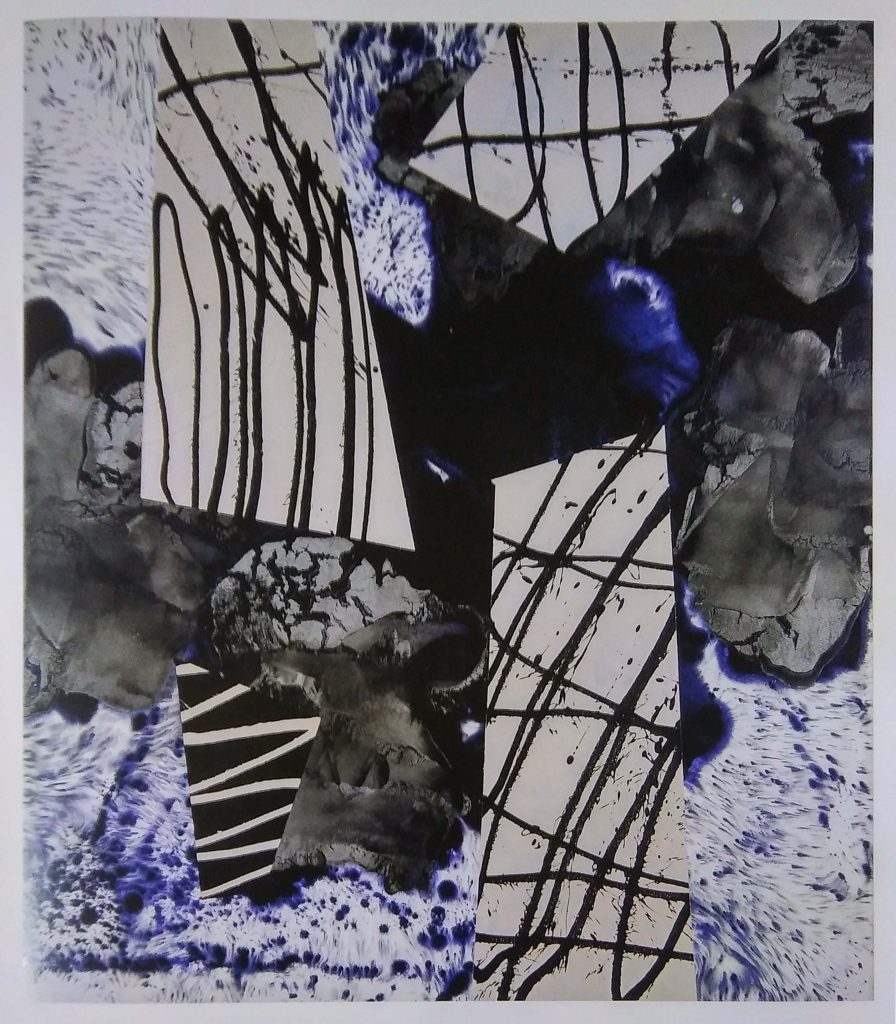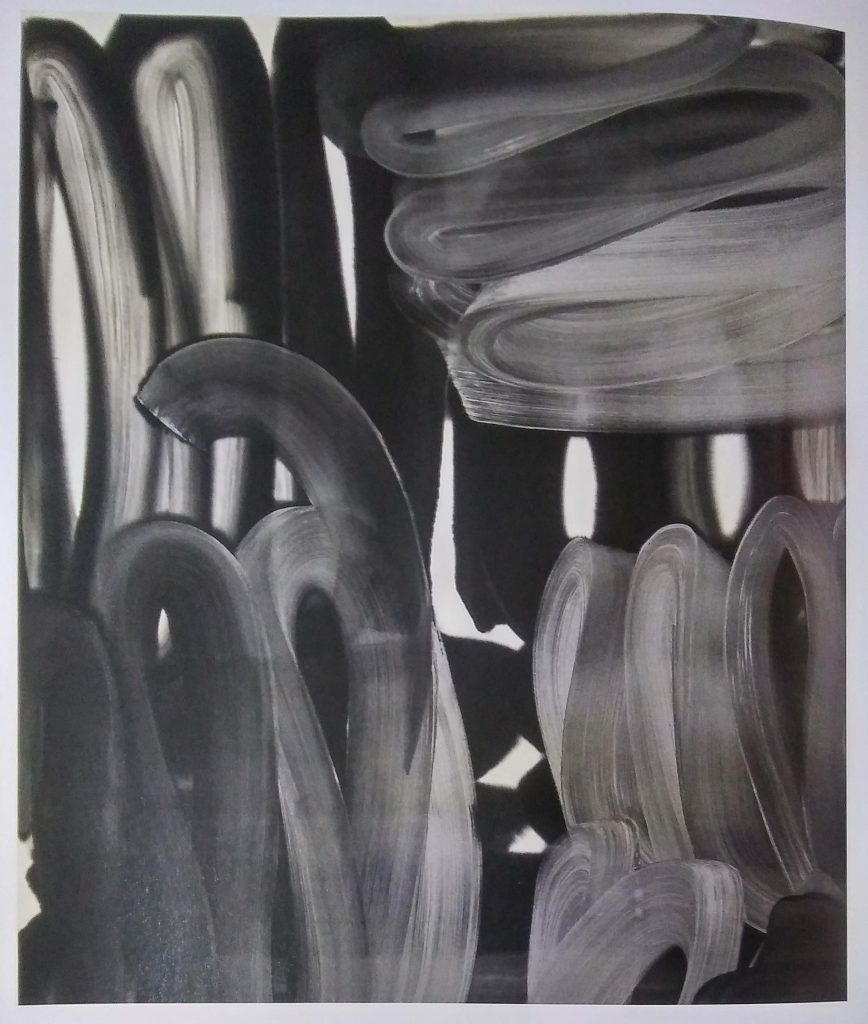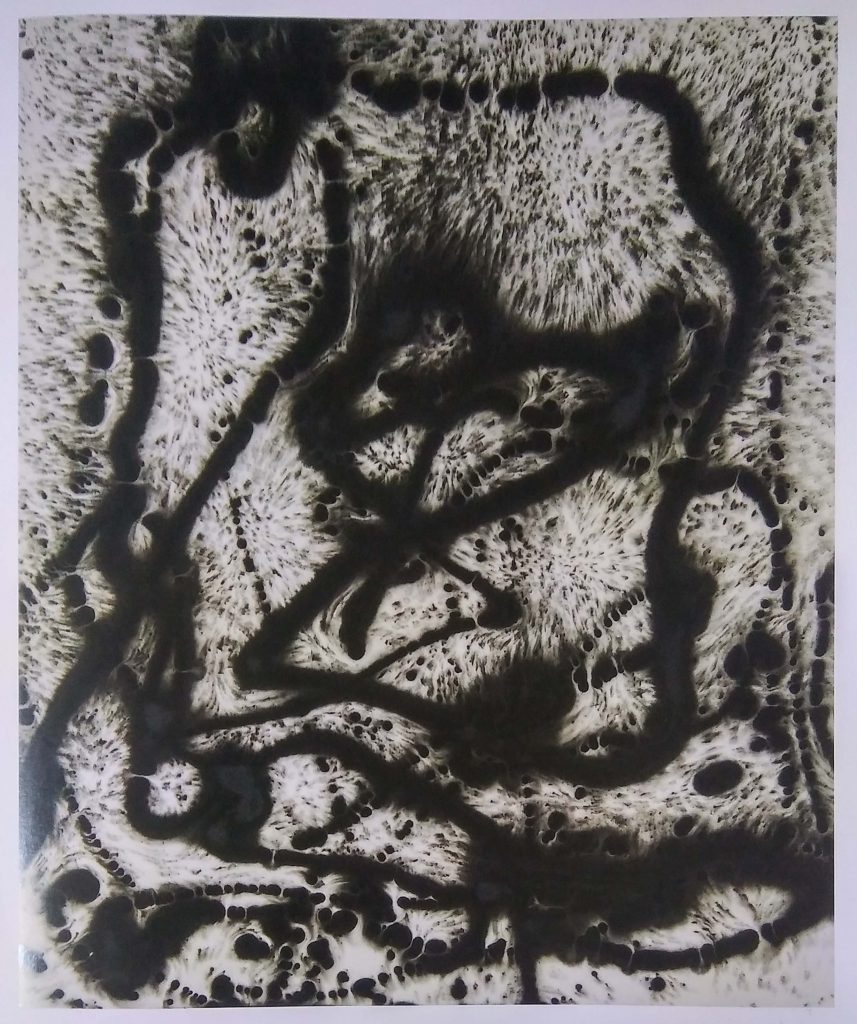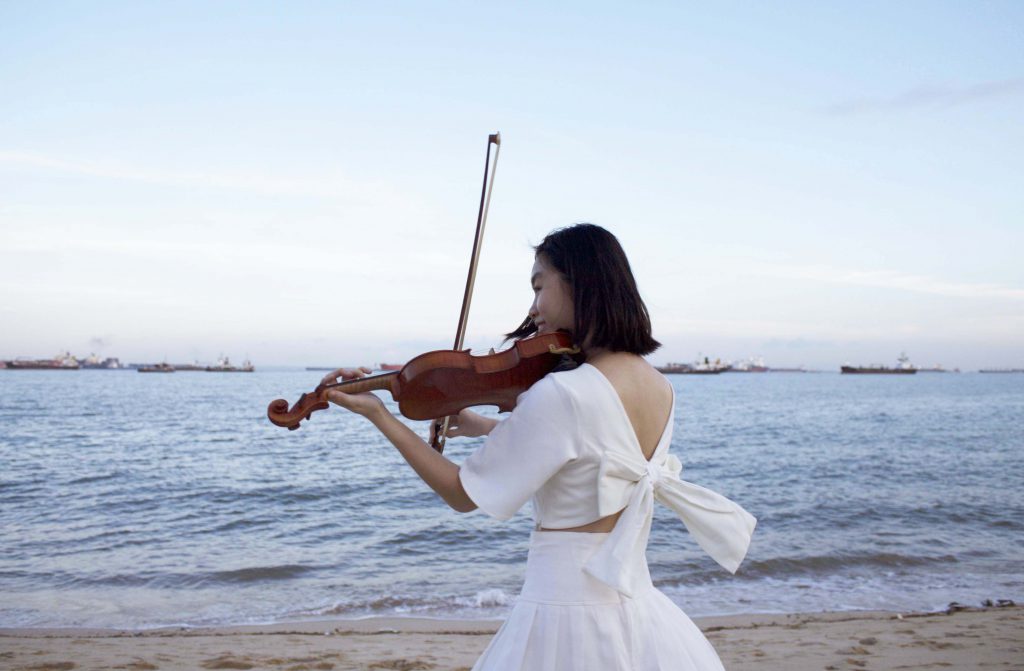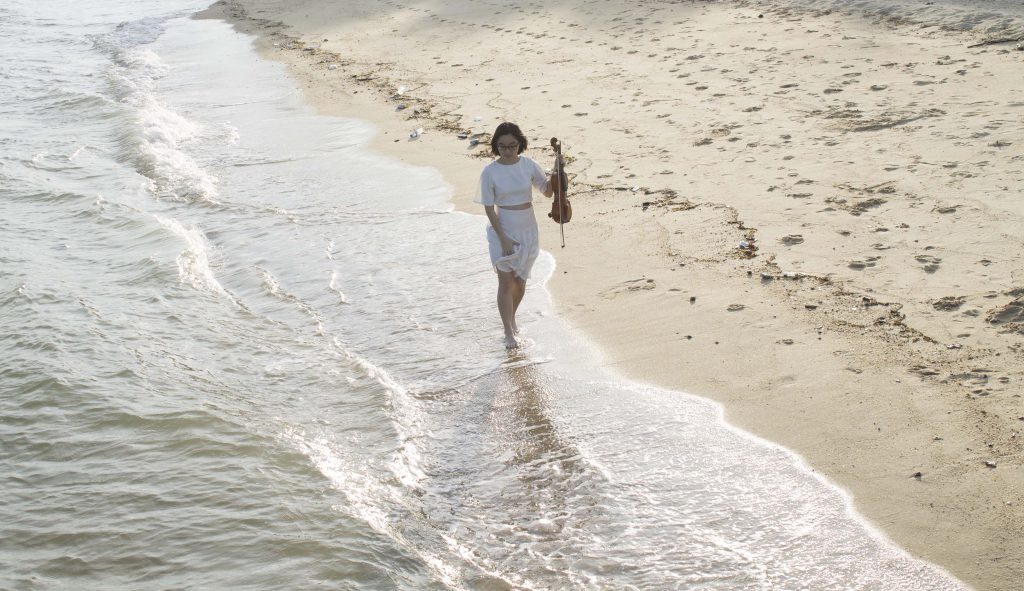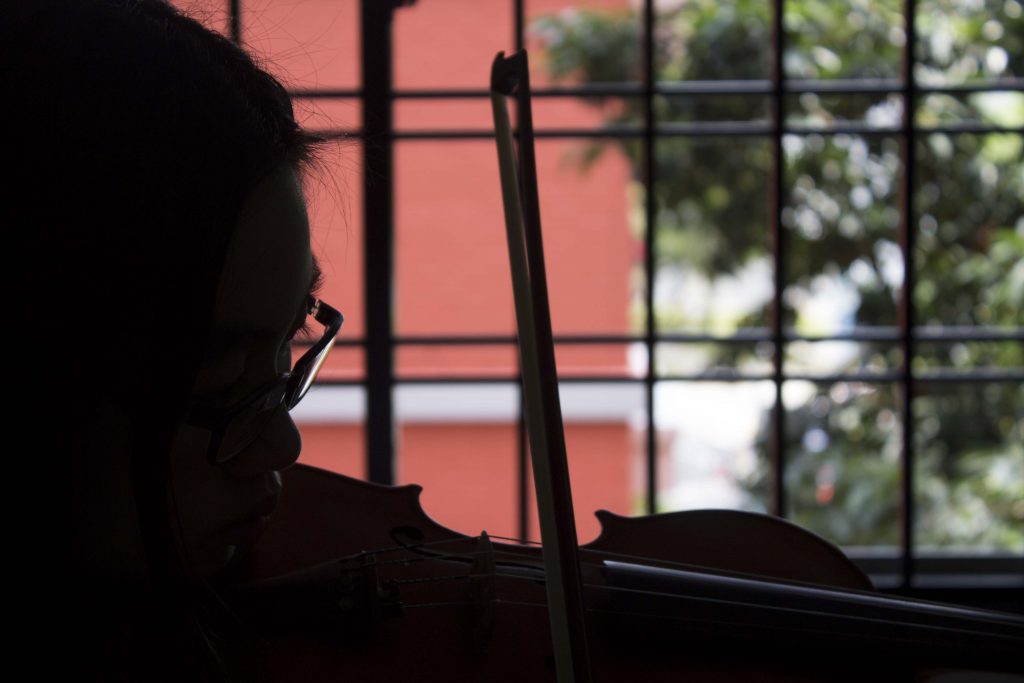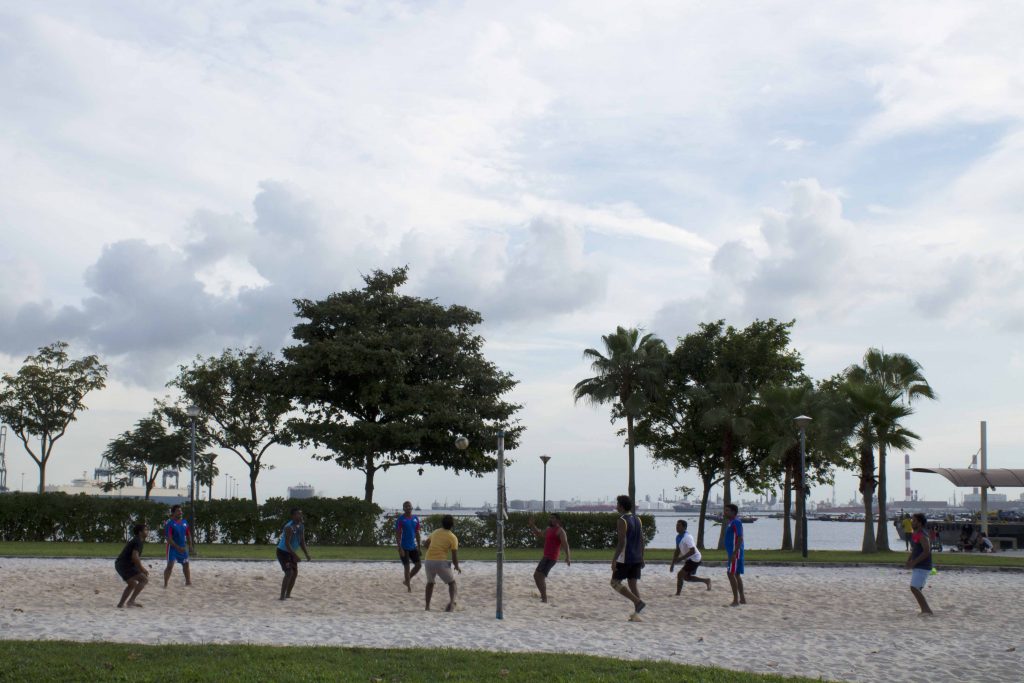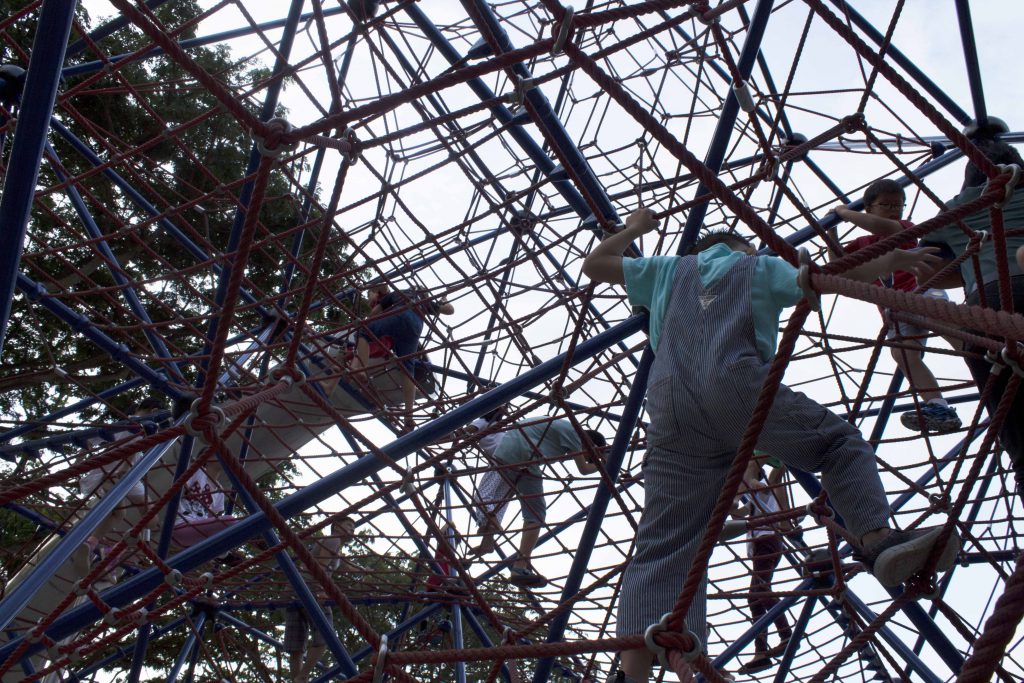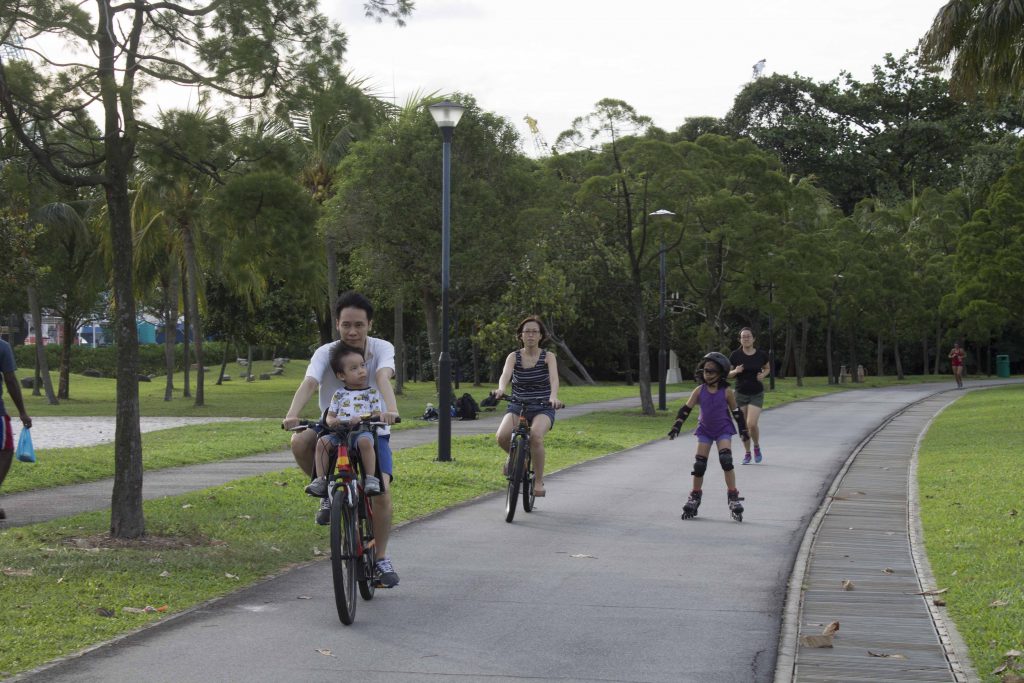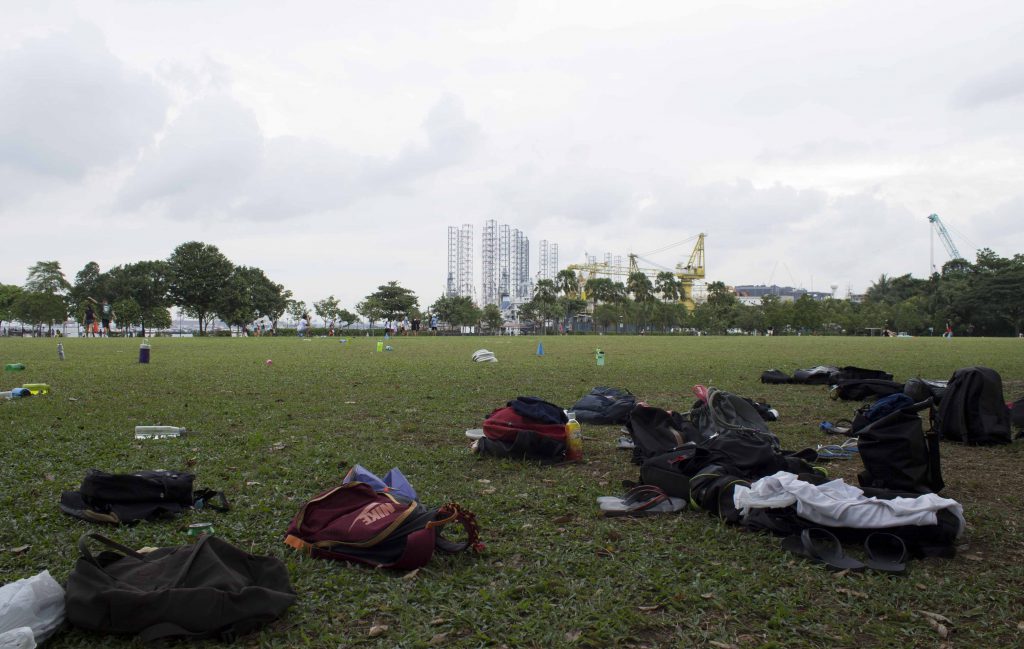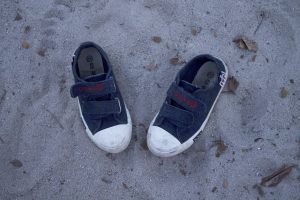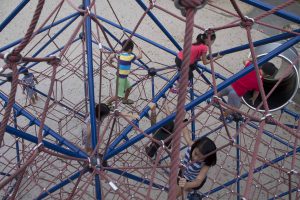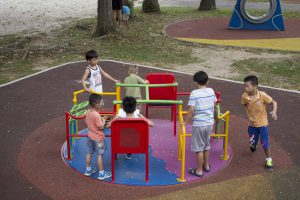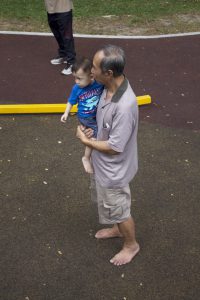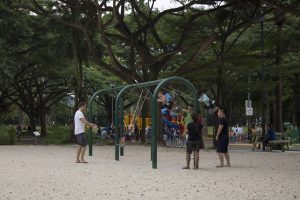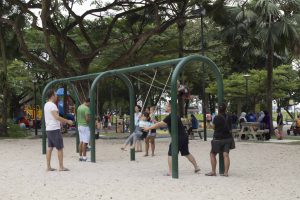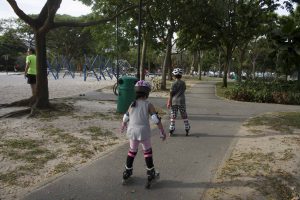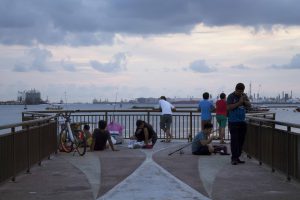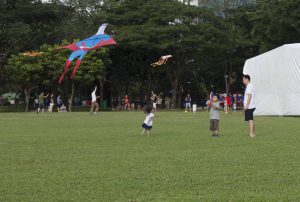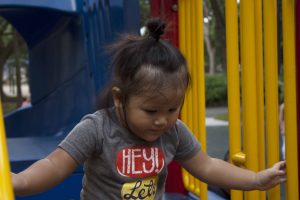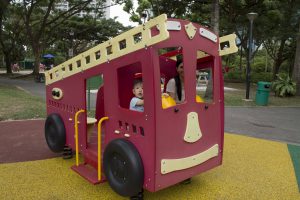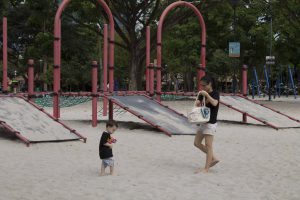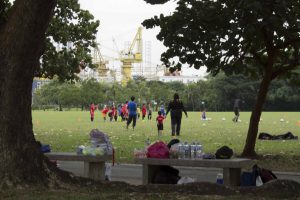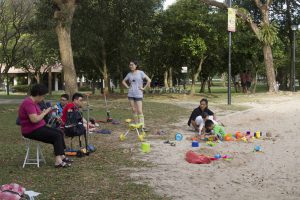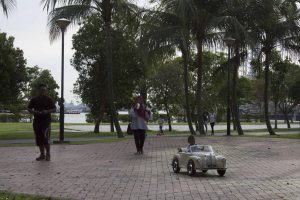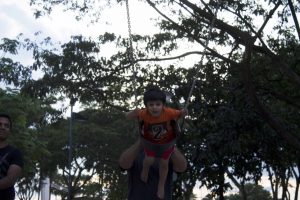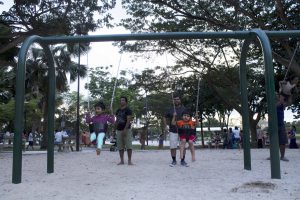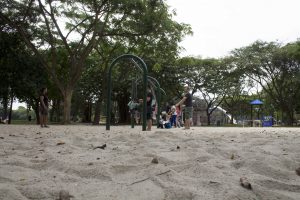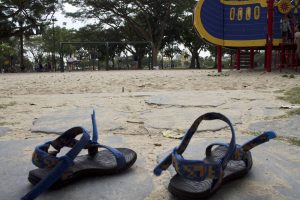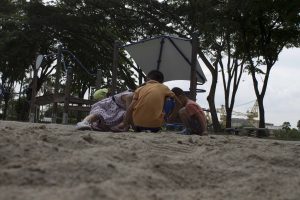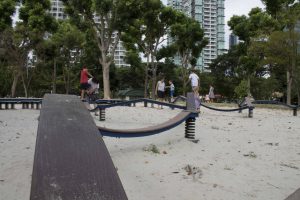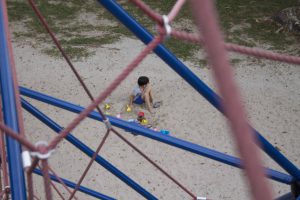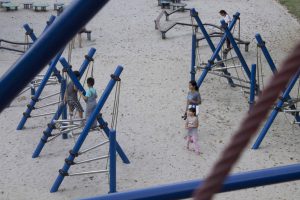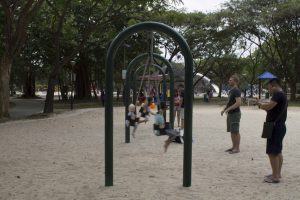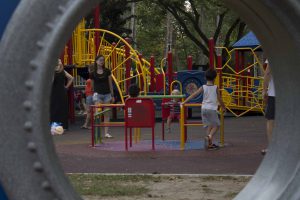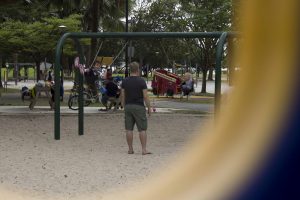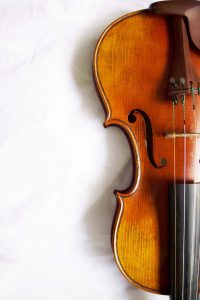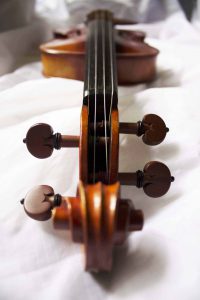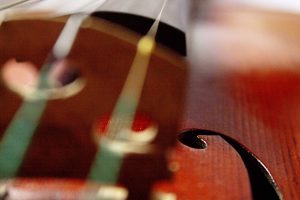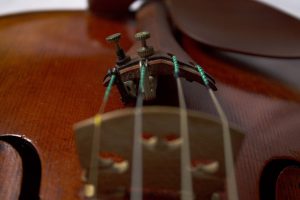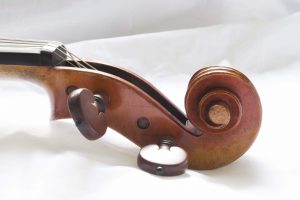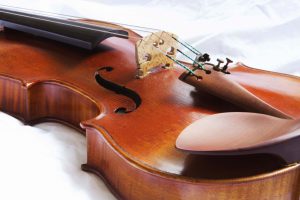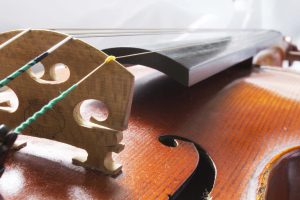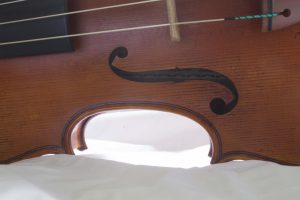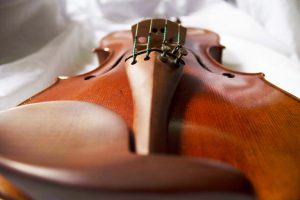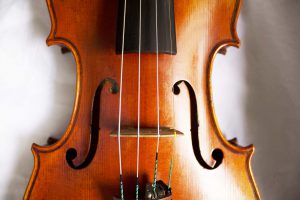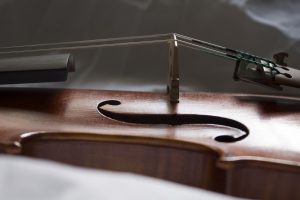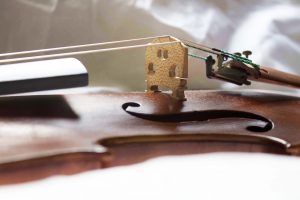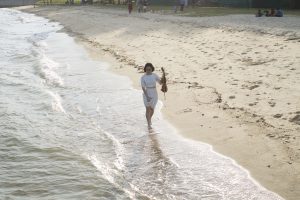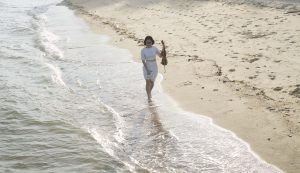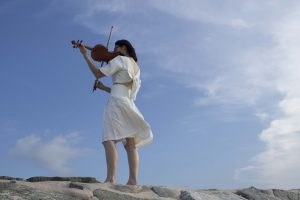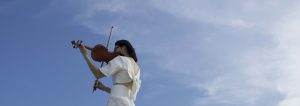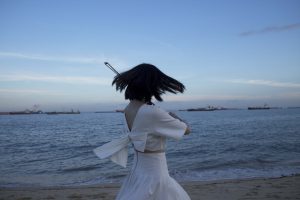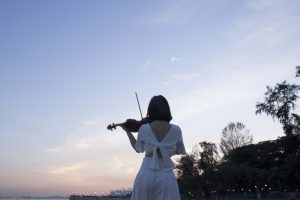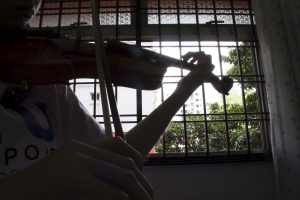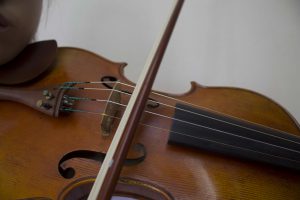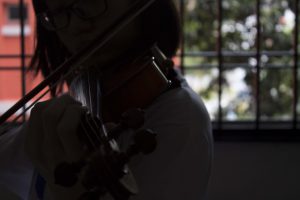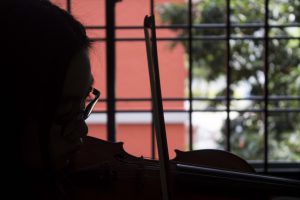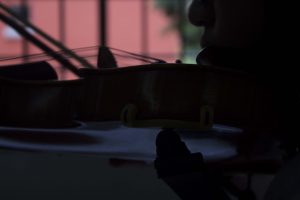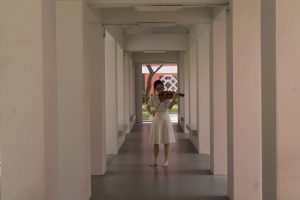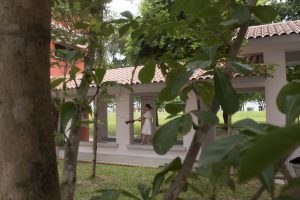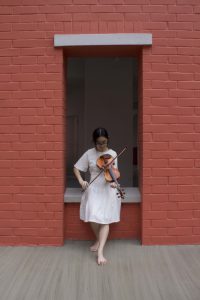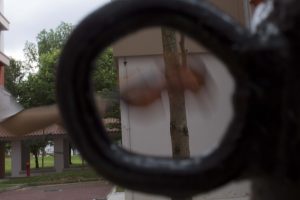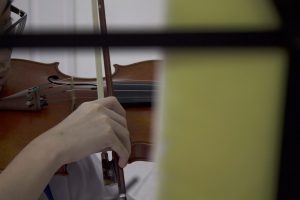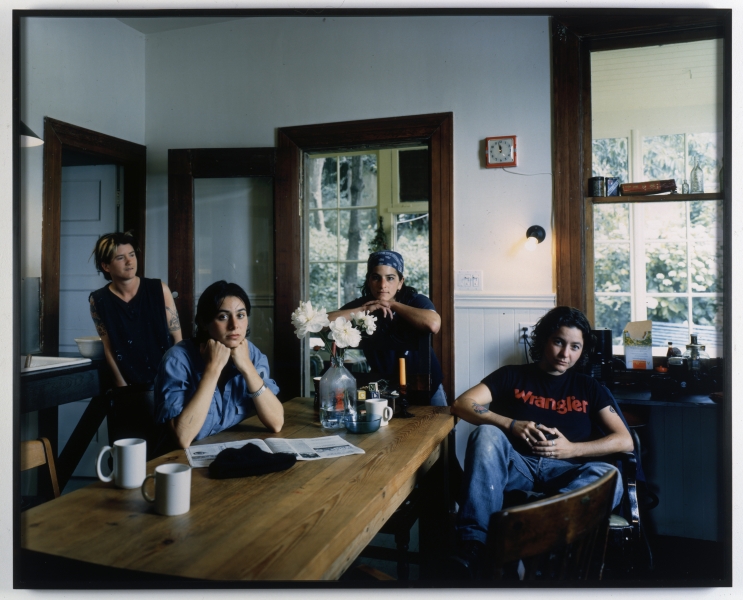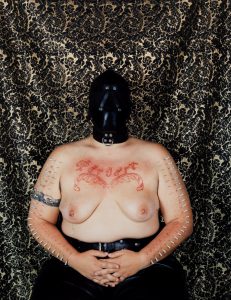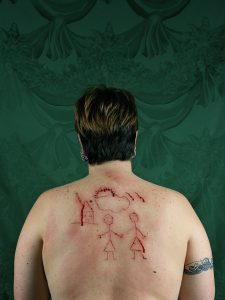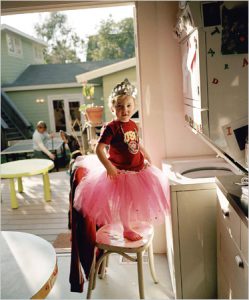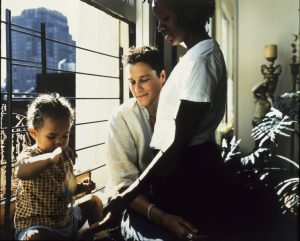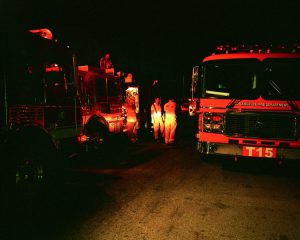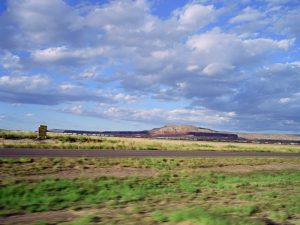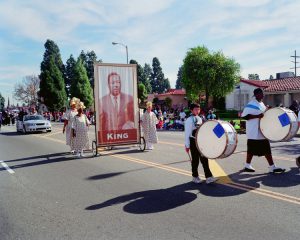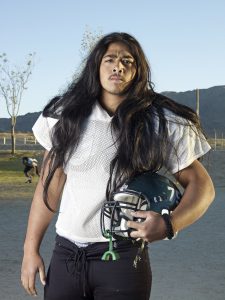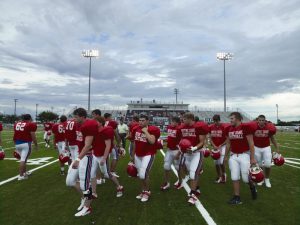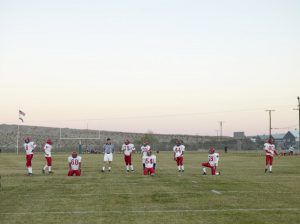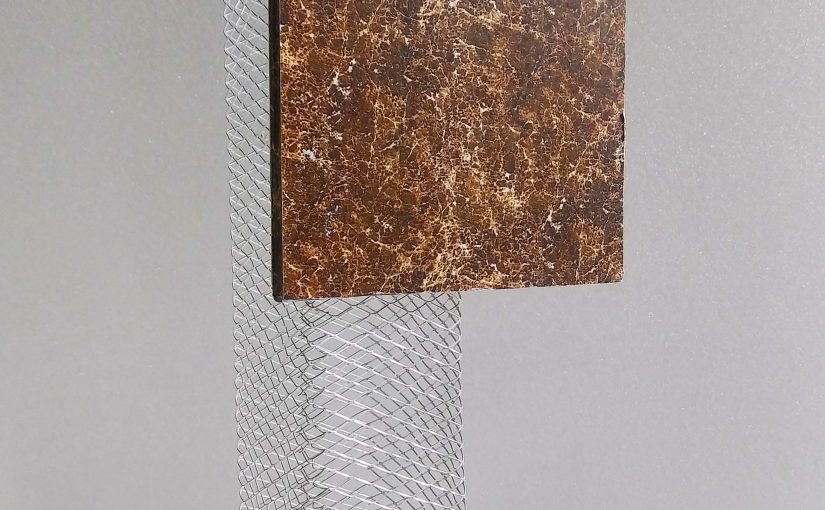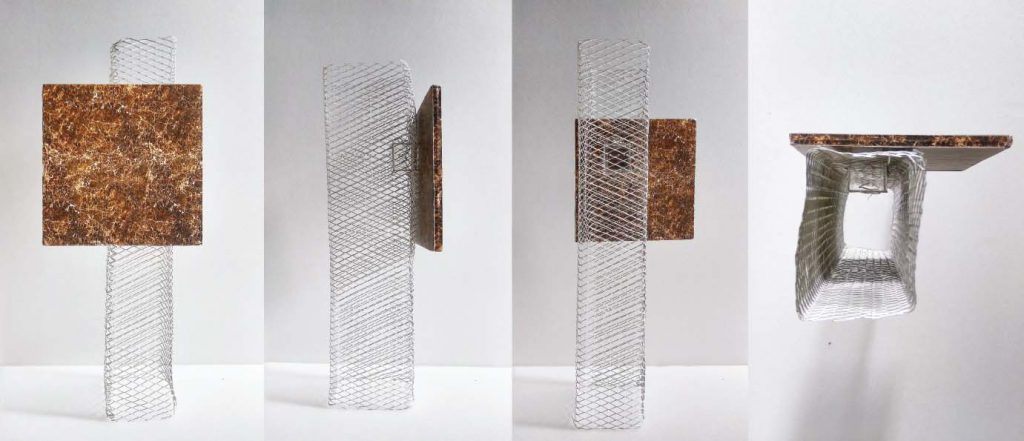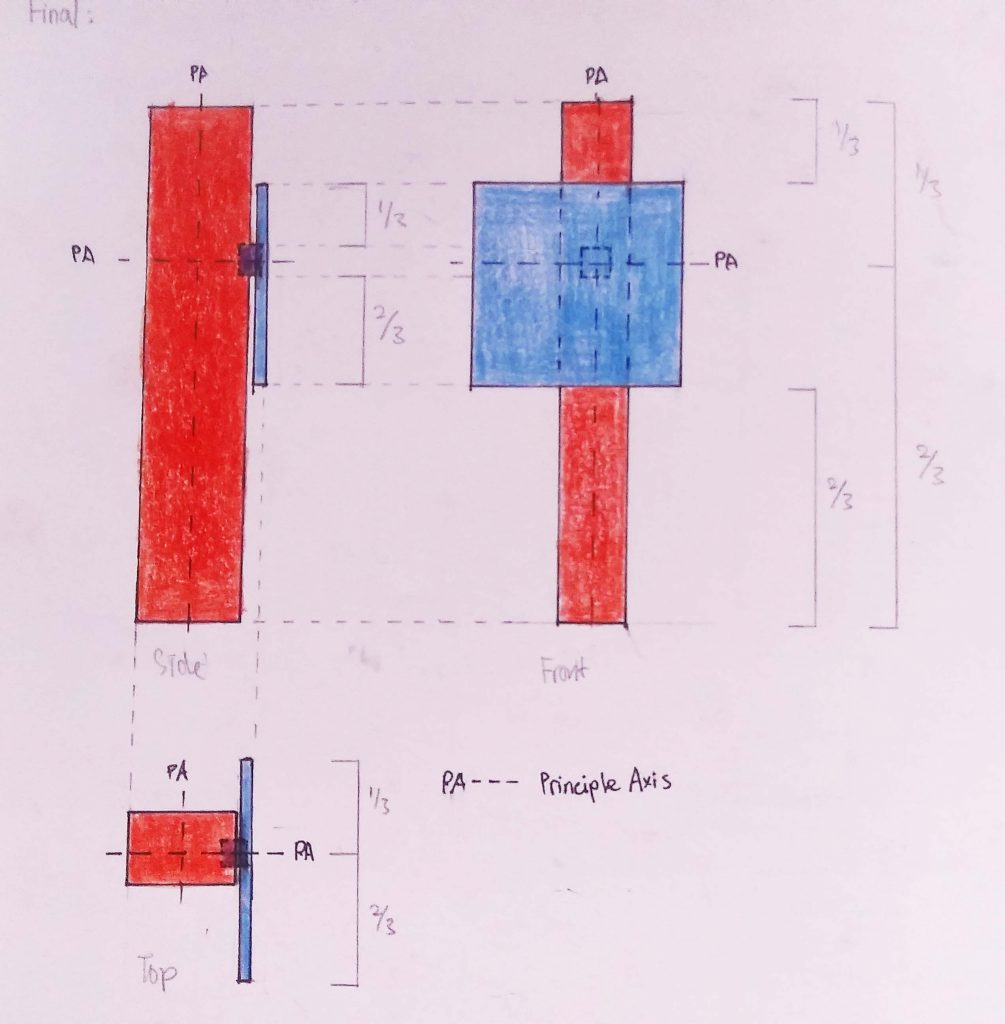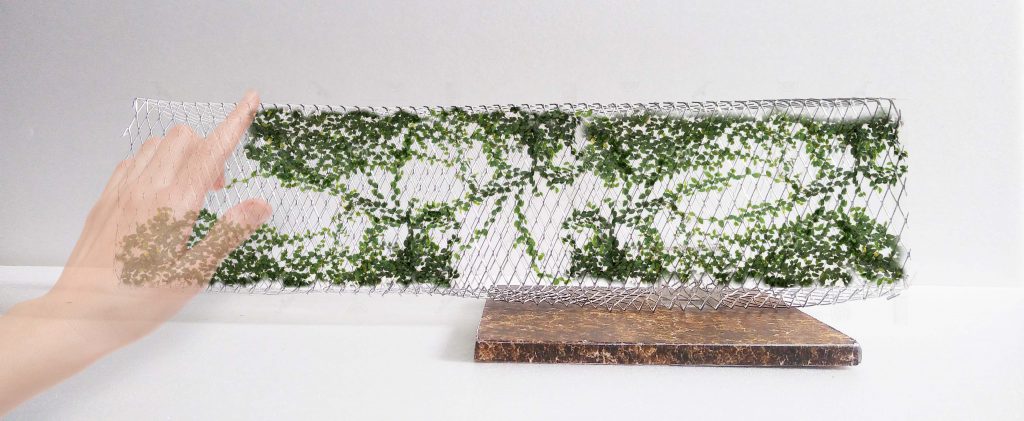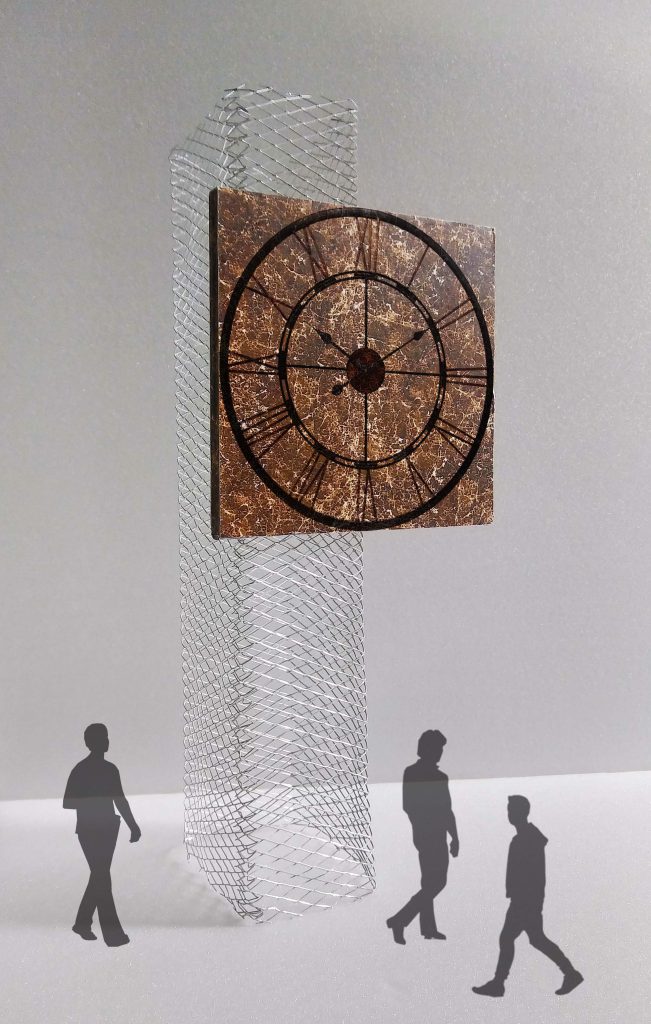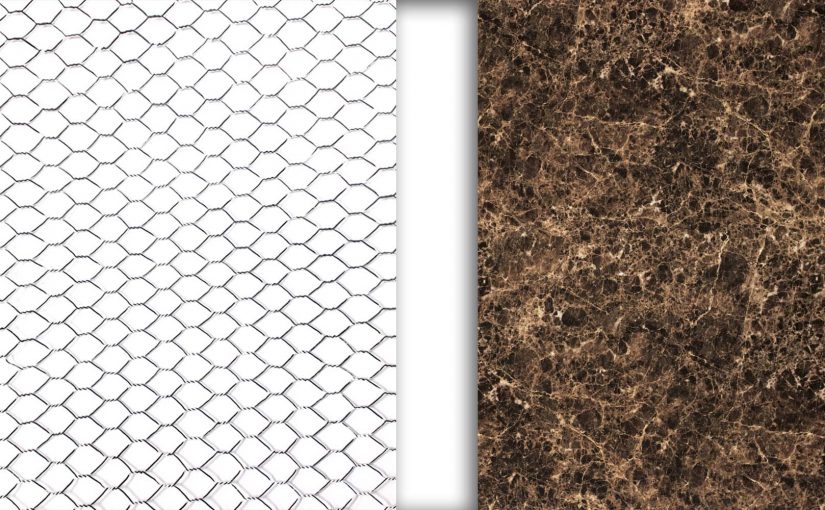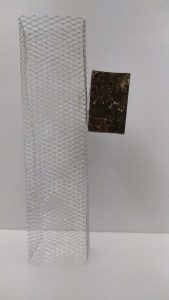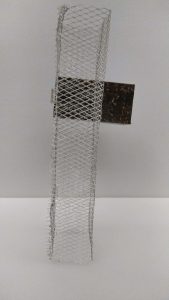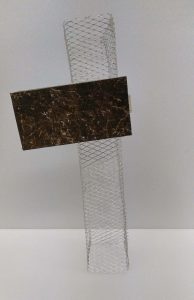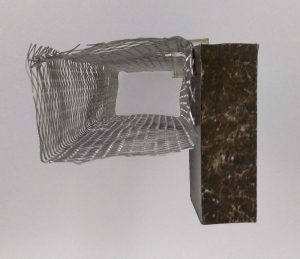Love
Concept: I want to show the feeling of being loved by another. The love you feel in a hug; being embraced when you feel down. There is this ‘warmth’ that feels up inside you as if transferring from the hugger to the hugged. The phrase ‘Love brings light into your life’.
Idea: I am thinking of using the contrast in texture to represent the troubled soul and the ‘love flame’. Textured or crushed paper to represent the troubled soul. Smoothness of paint to represent the ‘love’ flame. In this case, I could try to make my own paper as suggested during consultation! The problem is that with the gloomy weather going on, I am not sure it is going to dry in time for submission… (i could also pressed the paper onto some coins or something to create creases?)
Results:

I pressed twisted black crepe paper into the damp paper before it dried. But the colour ran and turned blue.

I tried dyeing the eggshells black with Chinese ink but because it was water base the ink was washed away; barely even stained it.


I chose the peanut shells because out of the three, the peanut shells came out the most bumpy and rough. Also the texture is reflected on the back. So even though the peanut shells are not black/white, I can use the back of the paper.

At first I wanted to use a single colour ( white on white) and focus on the texture difference. Since I only have one white handmade paper, I did a black only test.

Then I tried colour mixing.

Then i realised that when I rolled the acrylic paint over the paper I could lift the pulp – texturizing it even more.
Surprise
Concept: I rarely get surprised but when I do, I feel it in an instant and then its gone. It is an explosive feeling and you scream. After the moment of shock everything is back to normal. One BAM! and then nothing.
Idea: In translation it would be 1 big splatter on a smooth surface. Is this where I can use transparency??? I could use different objects to create the splatter. Water balloon? Plastic bag?
Results:

Single colour spat looks quite boring.

Mixed of black and white because I felt perhaps surprise is not always ‘bad’ (black). It is more like a mixture of both positive and negative feelings.

To emphasize the “One BAM! and then nothing.” feeling. I decided to use transparency.
Joy
Concept: If surprise is one big explosion, Joy/ecstatic would be many tiny explosions. Or explosions of various degrees. Feeling ecstatic is when you feel so much joy and excitement you want to do a little victory dance.
Idea: This emotion is not violent – gentle explosions. I could make tiny burst of paint with the use of bubbles. It explains the emotion but is not special or anything because I have seen others done it already.
I could directly translate the victory dance though. That sounds interesting. With something that looks like feet??? Toy feet. Fingers. Toes. An object related to victory? A trophy or medal. Something I am ecstatic about? My figurine! But I rather not ink it though… Or you know I could do both! 🙂
Results:
In the end I did not try to create a ‘Victory Dance’ piece but I did try to incorporate rhythm to the arrangement of bubbles to make it look as if its ‘dancing’.



Regret
Concept: When I feel regret I desperately want to travel back in time and fix my mistake. But since time travel is impossible, I try to fix it the best I can but it does not work and it’ll never be the same. It is like taping torn paper together. The paper is still torn; the tear cannot be mended back to the way it was before.
Idea: Naturally the idea is to tear up a print and put it back together. Creating empty spaces on purpose to patch up later. So the question is -what kind of print? I could use fabric, it also cannot be mended even after you sew it back together. (too simple to just sew fabric back together? not interesting.) Maybe something structured, something regular. After it is destroyed and patched up it becomes irregular… Perhaps a grid will work? It would make it looks distinctly wrong than just a random paint smear. Possibly combine the two?
Results:
I thought maybe patching up a grid would make the message more apparent – mending a ‘perfect’ structure.


However, I did not feel the regret in the results. It looked more like confusion. The previous strip I did had much more impact than these two.
Fear
Concept: Fear when watching a horror movie. The moment the music indicate a jump-scare is coming up I get scared, my heart beat increases and I cover my eyes. At the same time I want to know what the ghost or demon looks like. So in the end I cover my eyes and watch the movie at the same time; peeking through the holes between my fingers.
The other kind of fear that I want to portray is phobia, such as trypophobia – a proposed phobia (intense, irrational fear, or anxiety) of irregular patterns or clusters of small holes or bumps. When I see a trypophobia triggering image or object, shivers run down my spine, I get goosebumps and my hair stands.
(I am going to try both and see which is looks more interesting)
Idea: irregular horizontal lines? But horizontal lines means peaceful, even. Jaggered horizontal lines? Fan out lines to represent peeking out through fingers? For the second interpretation I could include the basic shapes – cluster of circles, trembling lines and vertical lines.
Results:
I was trying to depict my fear of worms. Using strings dipped in ink to create the curve squiggles and satay stick to make the ‘handprints’. Iteration 1 looks quite interesting but it does not go along with my story.





Anger
Concept: Natural reaction of anger is to lash out. The image of parents disciplining their child is what comes to mind. It is a form of ‘love’ but many would agree it is mostly out of anger and disappointment than love. It is a destructive and controlling emotion. When you are angry you are not in the right set of mind. You urge to shout, scream, punch etc to vent your rage.
Idea: My first thought to translate this feeling is to just directly do the same on paper. To cane the paper. Use hanger or belt? Feather duster. Ruler. Then the medium would have a hazy background representing the absence of common sense. The point would also result in a textured surface? Instead of using paper I could use tender fabric? Is there even such a thing? Tissue paper perhaps? Butter paper? No butter paper is not white/black. Tracing paper. I could use some crepe paper; they are easily torn.
Result:



Next Post: https://oss.adm.ntu.edu.sg/ytan149/?p=488&preview=true

































